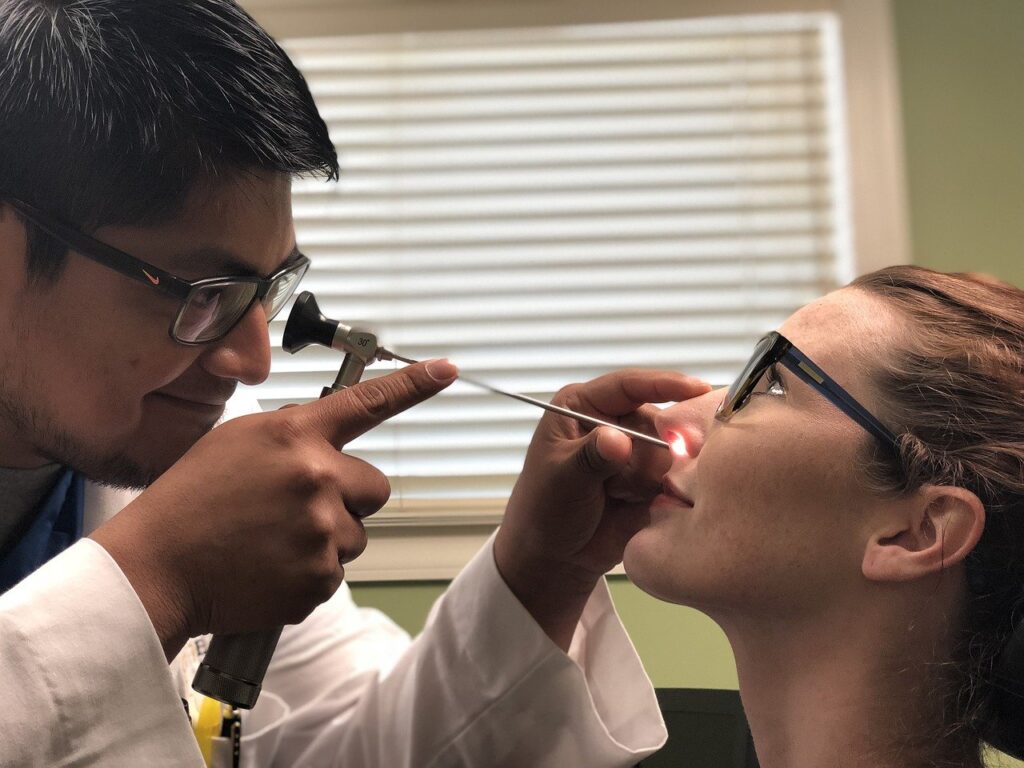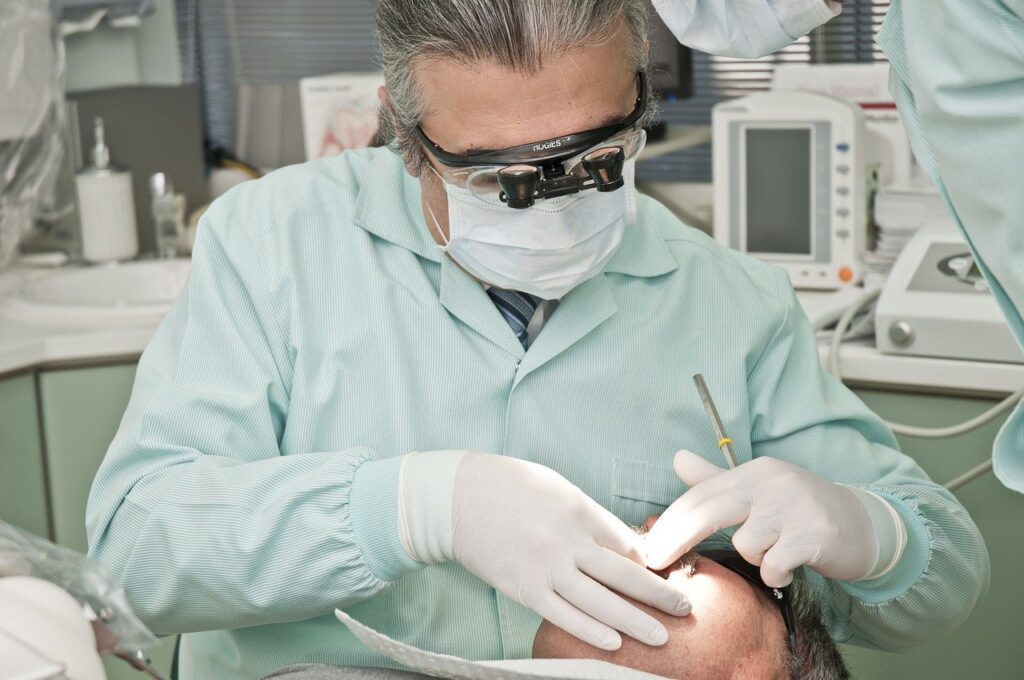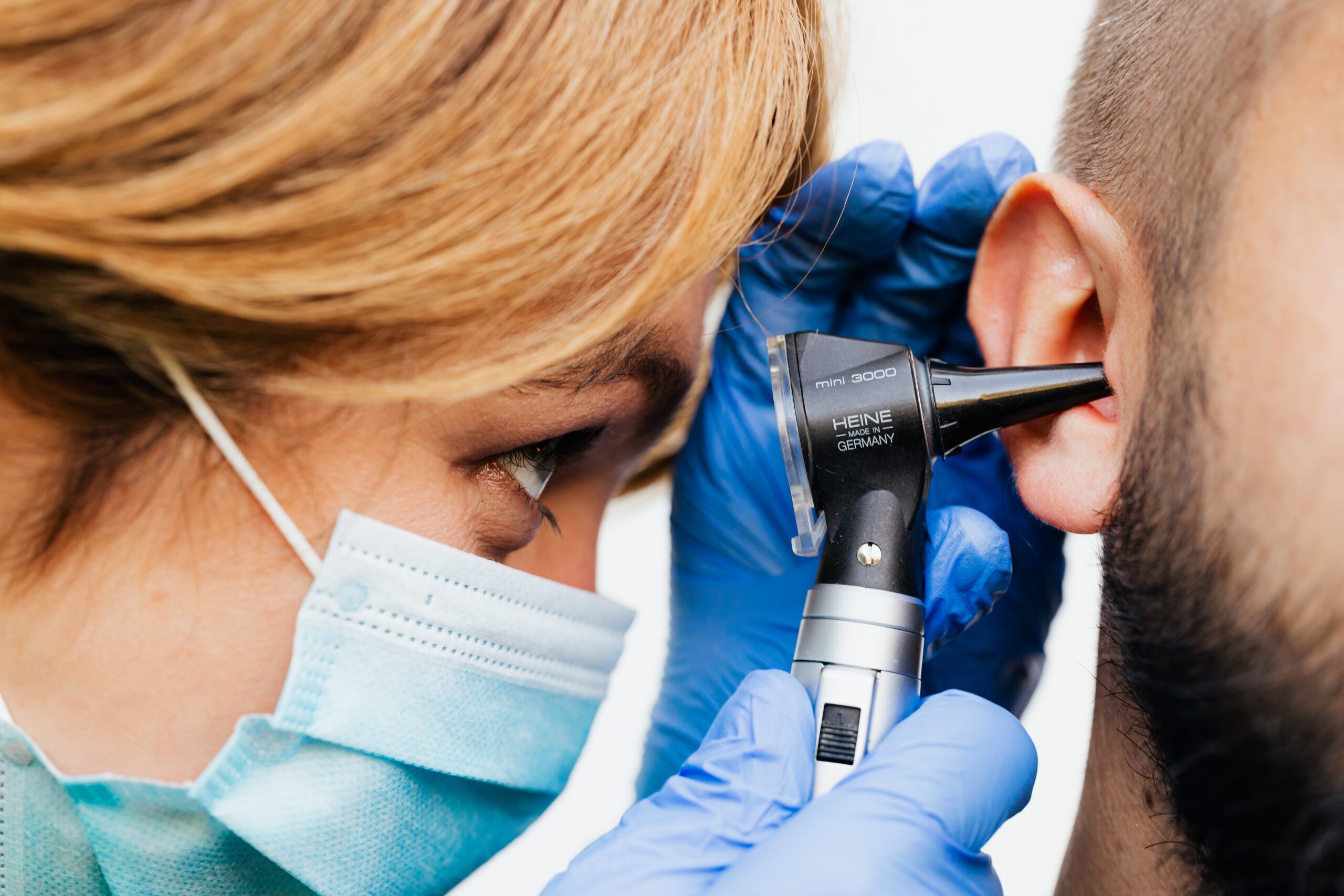Thirty million people get diagnosed with sinusitis annually. According to Medscape.com, this health condition is usually common in the early spring and the fall seasons. Moreover, both genders have equal sinus infection rates, making it pretty common in the United States. Because many people experience this illness, the assumption is that it is well known by the layman. However, there is some information about the illness that isn’t general knowledge, including the following.
- The sinuses are not in the nose

Due to the effects of sinusitis on the nose, people assume these cavities are within the nasal pathway. On the contrary, these hollow cavities are found around the cheekbones, low center of the forehead, eyes, and nose. While there isn’t much discussion on the impact of facial trauma on sinuses, you may want to exercise caution. Getting hit on the nose or face could lead to internal head injuries that trigger Maxillary sinusitis.
- Sinus infections can be contagious
Due to the belief that sinusitis is not exactly like the regular cold, many people assume it is not contagious. Unfortunately, that idea needs to be debunked. Whether a bacteria or virus triggered your sinusitis, it can be spread from one person to the other. Indeed, while it is not a regular cold, the latter can trigger an infection of the sinuses.
In medical terms, the sinuses are a connected system of four paired hollow cavities located in the head. They are primarily responsible for producing a mucosal lubricant that moisturizes the nasal cavity. This protects the nasal pathway from pollutants detrimental to respiratory health. Unfortunately, sometimes, these cavities get inflamed, causing a buildup of mucus. Due to the blockage, the mucus produces more bacteria or viruses. This increases the human-to-human infection transmission rate.
- Dentists are careful with sinuses during dental procedures

Years of medical research have revealed that the largest pair of sinuses are located in the upper jaw. They are closer to the upper back teeth, specifically the molars. Due to their positioning, the roots of the upper back dentition extend somewhat into this hollow cavity. It explains why dentists believe sinus infections can trigger tooth pain. The nerves in the roots pick up the sinus inflammation and radiate pain to nearby teeth.
Due to the complexity of certain dental procedures, orthodontists need to work around the sinuses. This is particularly essential for persons with low-lying sinus who may require dental implants. The dentist may perform a sinus lift before fixing the implant if necessary. For this reason, it is advisable to see a dentist to determine the cause of your toothache. The sinus may be the culprit if it’s not decay or a crack in your dentition.
To conclude, sinusitis affects 1 in 10 Americans, which is enough for you to be careful. They might be small but play significant roles in your health and general wellbeing. Hopefully, you learned something new about the sinuses, which will help you take better care of them.




Leave a Reply